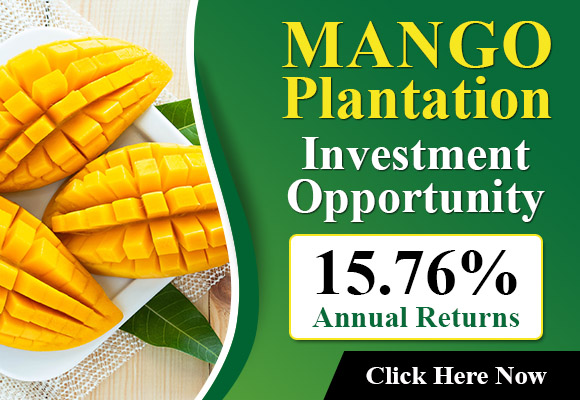The National Agricultural Marketing Council (NAMC) has stated that small-holder farmers from South Africa are finding it difficult to establish an presence at markets dominated by Johannesburg, Cape Town, Tshwane as well as Durban. The Smallholder Access estimates (SMEAs) in Q2 of this year, revealed that there were the volume and revenue fluctuations of the vegetables and fruits between June and August 2024. The data highlights the many obstacles and opportunities farmers face.
A rise in the total amount of revenue was seen, ranging from $32.4 million during June, to $40.1 million during August, indicating an increase in the activity of markets. However, more than 84% of that revenues were concentrated in the four main markets, highlighting the need for better access for smallholder farmers that are typically not equipped to compete with these markets.
The SMEAs report showed that vegetables earned an average that was around $20.7 million. Potatoes as well as onions and tomatoes making up the largest portion, accounting for more than 80% of overall revenue. Produce production averaged 5799,000 tonnes, including potatoes, which accounted the largest share of 44.13 percent. However, despite these encouraging figures the reality for small-holder farmers is much more complicated.
For the sector of fruits, the average annual revenue was $10.7 million. Bananas and apples accounting for 28.18 percentage and 17.71 percent to SMEAs in the respective years. Johannesburg had the highest market share of fruit, with 44.78 percent.
The Commission’s Fresh Produce Market Inquiry Provisional Report revealed that small, micro and medium enterprise (SMMEs) are less than 1 percent of revenues from National Fresh Produce Markets (NFPMs).
A survey of 16 farmers found that there was a gender-neutral representation, as well as the average age was 53. The indicators of market access differed, with farmers who were close to markets reporting more satisfaction. But transportation problems and storage facilities that were inadequate as well as unfavorable prices on the market are major obstacles. The challenges required assistance for areas like modern farming equipment, stable transportation, and better storage facilities to increase market accessibility and efficiency.
Source: IOL
Source: The Plantations International Agroforestry Group of Companies
